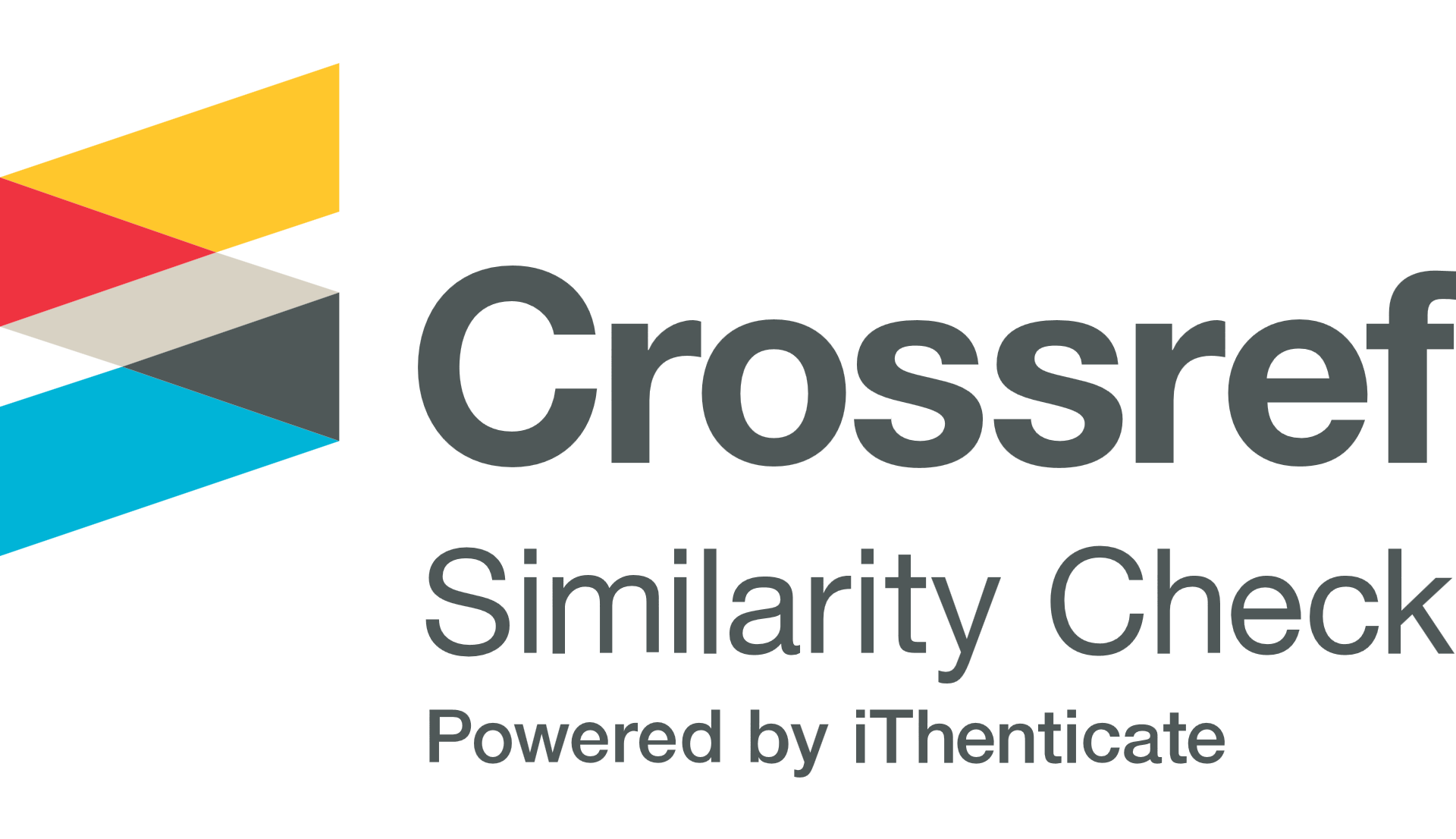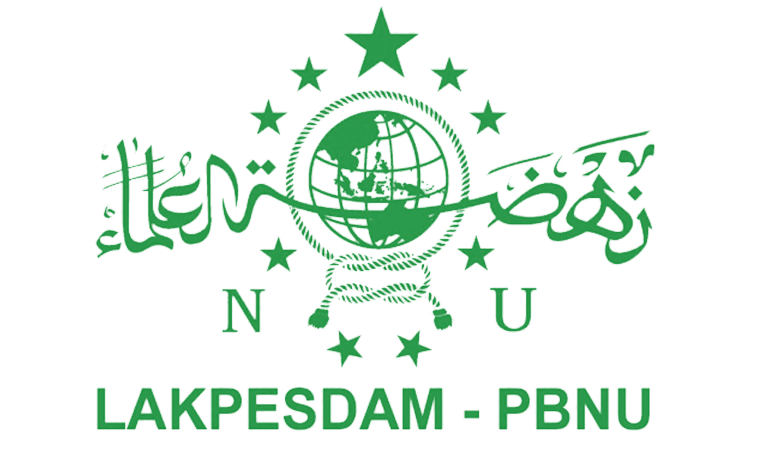THE BELIEF SYSTEM OF THE PEOPLE OF KAJANG: A PERSPECTIVE IN RELIGION ANTHROPOLOGY Sistem Kepercayaan orang Kajang dalam Perspektif Antropologi Agama
DOI:
https://doi.org/10.31969/alq.v17i1.103Abstract
Indigenous peoples of Kajang is an indigenous community that inhabit Kajang subsdistrict in Bulukumba
regency in South Sulawesi province. They adopt a belief system that called Jenne'Talluka'and Sambajang
Tattappu. Jenne talluka means ablution water that never canceled, while sambajang tattappu means
always remembering the God almighty one
Kajang Indigenous peoples, especially those inhabited inside kajang (inside Embayya) still embrace and
keep up the belief system as mention above until now. Almost all of them do not carry out and shari'aand
the pillars of the Islam: uttering syahadat (confession) words, establishing prayer five times and
the Sunnah, fasting in Ramadan month, contribute to zakat, and fulfilling hajj worship.
I use the Anthropology of Religion approach to study the belief system of such Kajang community.
Through this approach, I will be focusing on a system of worship and religious behavior of Kajang indig-
enous peoples.
Additional Files
Published
Issue
Section
License
Authors who publish with this journal agree to the following terms:
- Authors retain copyright and grant the journal right of first publication with the work simultaneously licensed under Creative Commons Attribution-NonCommercial-ShareAlike 4.0 International License that allows others to share the work with an acknowledgement of the work's authorship and initial publication in this journal.
- Authors are able to enter into separate, additional contractual arrangements for the non-exclusive distribution of the journal's published version of the work (e.g., post it to an institutional repository or publish it in a book), with an acknowledgment of its initial publication in this journal.
- Authors are permitted and encouraged to post their work online (e.g., in institutional repositories or on their website) prior to and during the submission process, as it can lead to productive exchanges, as well as earlier and greater citation of published work (See The Effect of Open Access).
















